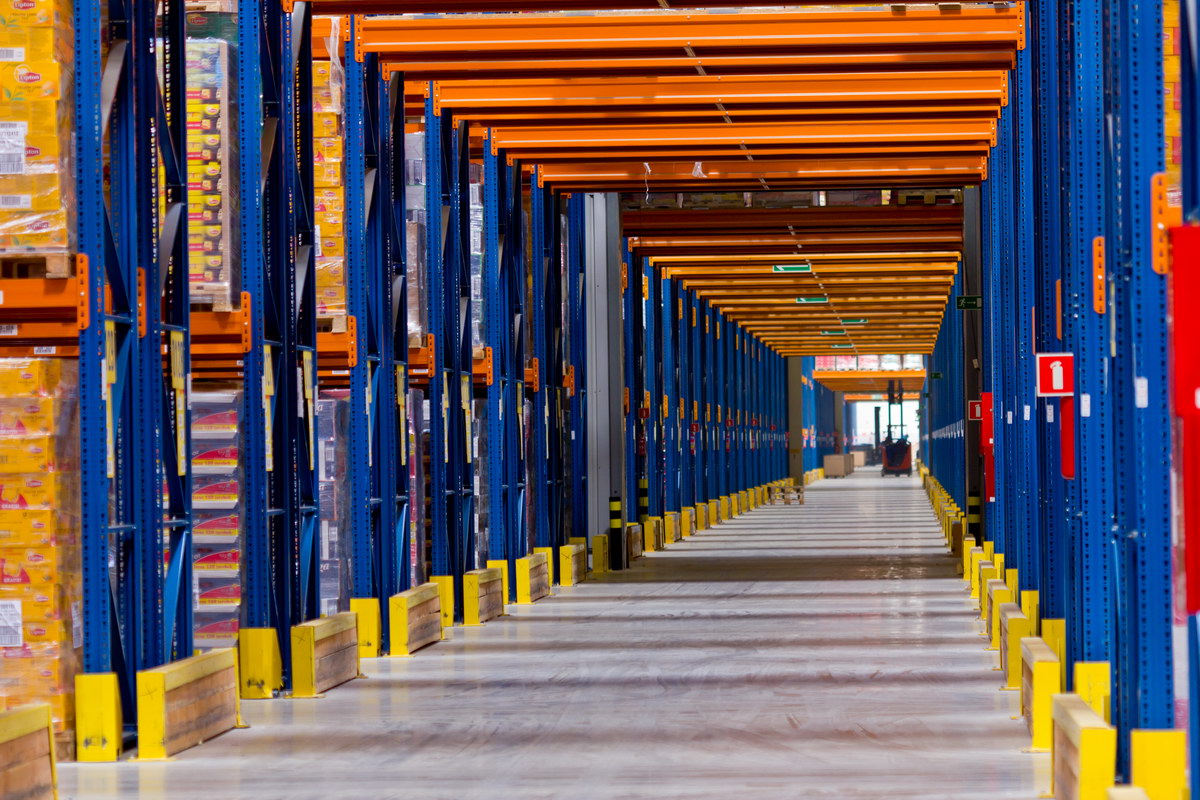The European logistics real estate market ended 2018 on a strong note, as occupier demand, low vacancy rates and the long-anticipated rent growth began to materialize. Despite concerns about increased capital market volatility and potential impacts from US-China trade tensions and Brexit, the momentum from last year is expected to carry over into 2019.
In a report titled “Continued Momentum for European Logistics Real Estate in 2019”, Prologis Research cites several reasons behind its forecast for continued growth of European logistics in 2019.
– Since 2007 the European logistics real estate market has expanded by 75% while the region’s economy grew by just 10% over the same period. This implies the European market is being driven by structural demand drivers like supply chain reconfiguration and rising adoption rates, largely isolating risks such as capital market volatility and trade tensions.
– Whereas three to five years ago the UK was the primary driver of growth in European logistics, this has now spread to the continent. Two different types of growth markets have been identified: first, the robust rent growth on 2018 in mature markets such as Munich, Southern Netherlands, Gothenburg and Prague should persist in 2019; a second group of markets such as Paris, Warsaw, Silesia and Milan are in the early phase of the rent cycle.
– On a pan-European basis, net effective rents were up approximately 4.5% in 2018, driven by Poland, Germany, France, Czech Republic and Italy. Similar rates are expected in 2019 as the vast majority of continental markets experience considerable rent increases.
– Strong market fundamentals of positive customer sentiment, robust demand, disciplined supply, land scarcity and historic low vacancy rates will continue in 2019.
– Structural drivers such as e-commerce, urbanization and reconfiguration should lead to increased demand for institutional logistics real estate during any phase of the economic cycle. A Prologis study recently showed that each 1% savings on transportation and labor equates to 15-20% of rent for logistics real estate, meaning real estate is now being viewed as a value driver versus a cost factor. These factors, combined with reduced land availability, particularly in infill locations, is priming the engine of growth for the long run.
Therefore, while political or economic risks can always disrupt projected trends, strong market conditions and structural demand drivers, together with urbanization, e-commerce and demand for Last Touch as tailwinds, will continue to support the current momentum in European logistics real estate this year.
To download a full copy of the report, “Continued Momentum for European Logistics Real Estate in 2019, click here.

